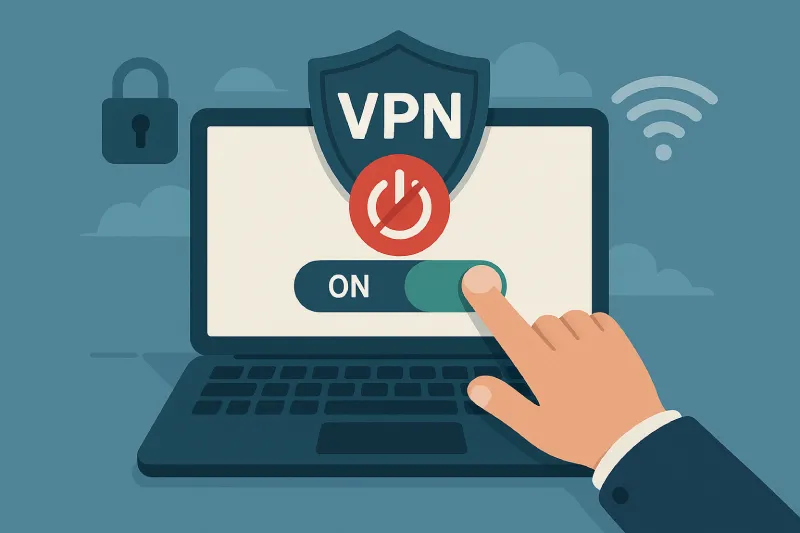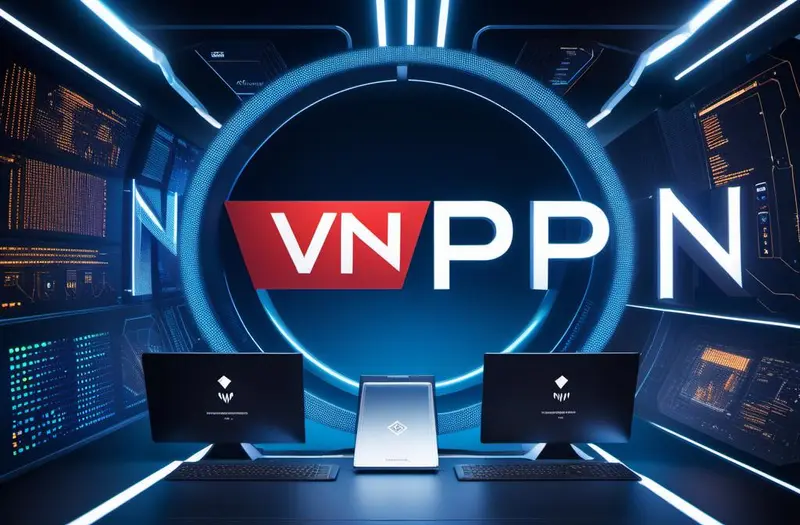Learn how to disable pop up ads on Chrome using builtin settings, extensions, DNS tweaks, and security tools to ensure a smooth, adfree experience.
How to use Google Drive for file Sharing Efficiently
Learn how to use Google Drive for file sharing, including settings, permissions, and collaboration tools, to enhance productivity and security.
How to Enable VPN Kill Switch for Ultimate Privacy
Enable VPN kill switch to block internet traffic if VPN disconnects, ensuring privacy, preventing data leaks, and maintaining anonymity on all devices. If youd like, I can also generate a meta description or a list of SEOfriendly synonyms LSI terms for this article to further enhance optimizationjust say the word
How to Fix a Slow VPN Connection – Speed Up Your VPN Now
How to fix a slow VPN connection and boost speed with 12 proven tips, covering protocols, server choice, encryption, split tunneling, and throttling fixes.
Best VPN for PUBG Mobile to Boost Gaming Performance
Article Summary Learn how using a VPN for PUBG Mobile can improve gaming performance by reducing lag, boosting speed, and enhancing security. Top VPNs like ExpressVPN and NordVPN offer great solutions.
How to Avoid Cyber Threats by Using a Trusted VPN Service
Avoid cyber threats with trusted VPNsprotect data, block breaches, and defend against hackers by encrypting your connection across all devices.
How Does a VPN Work to Secure Your Online Privacy
How does a VPN work This guide explains encryption, tunneling, IP masking, and privacy benefits to help protect your digital identity in 2025.
The Role of DNS Leak Protection in a Secure VPN Setup
DNS leak protection is vital for secure VPN use, preventing ISP tracking and DNS leaks, ensuring encrypted, anonymous, and private browsing at all times.
How to Use VPN Only for One Application Easily
Learn how to use VPN only for one application with simple steps, top tools, and perapp configurations to maximize privacy and performance.
Best VPN for Playing Roblox for Fast and Secure Gaming
Explore the best VPNs for playing Roblox, ensuring fast speeds, low lag, and secure gameplay for seamless experiences across all devices.










